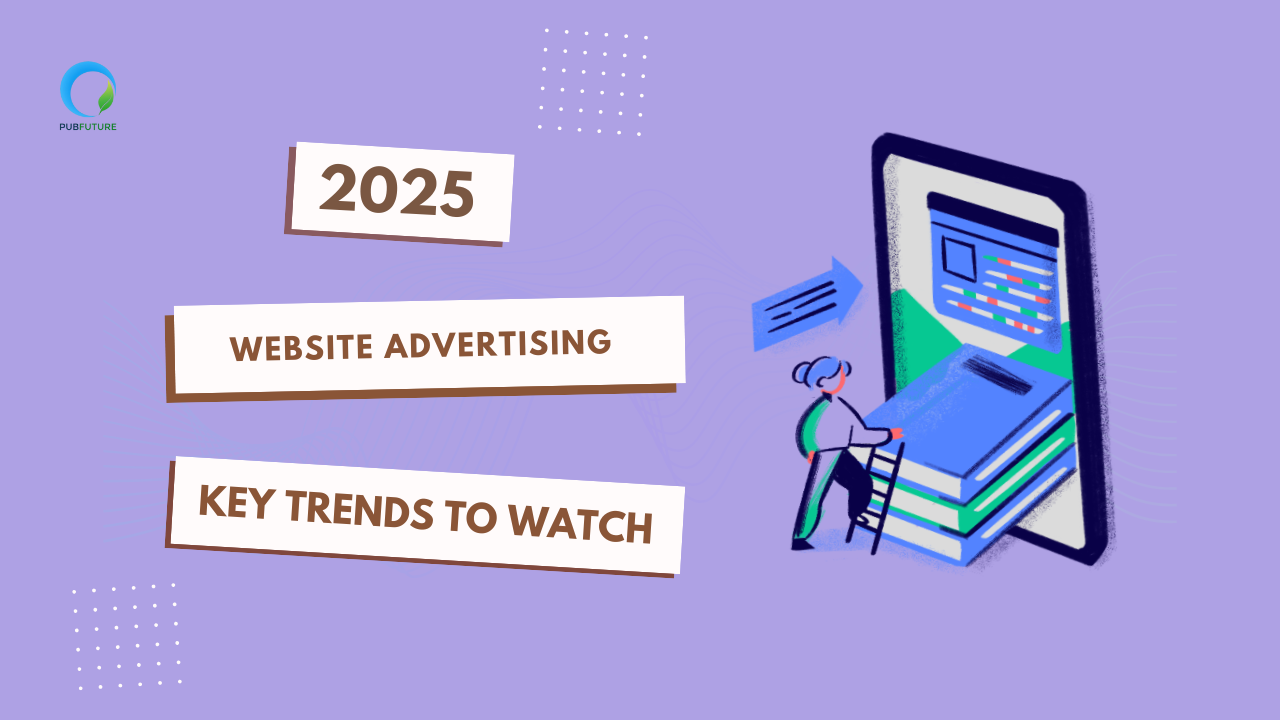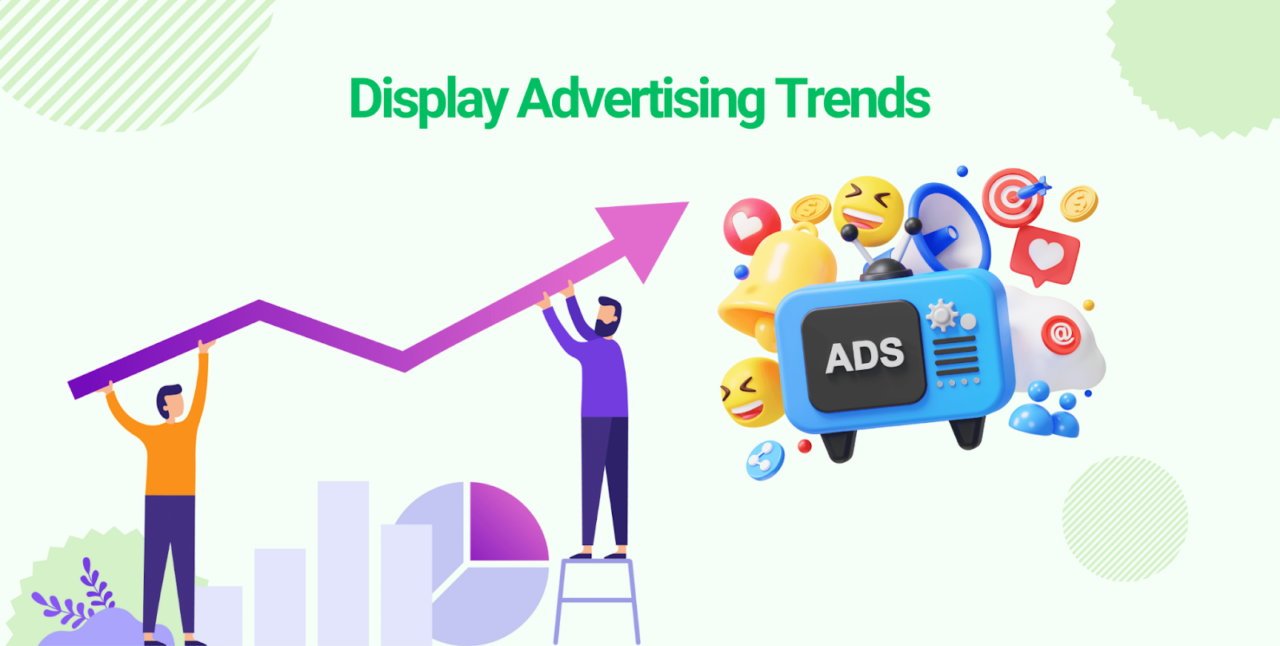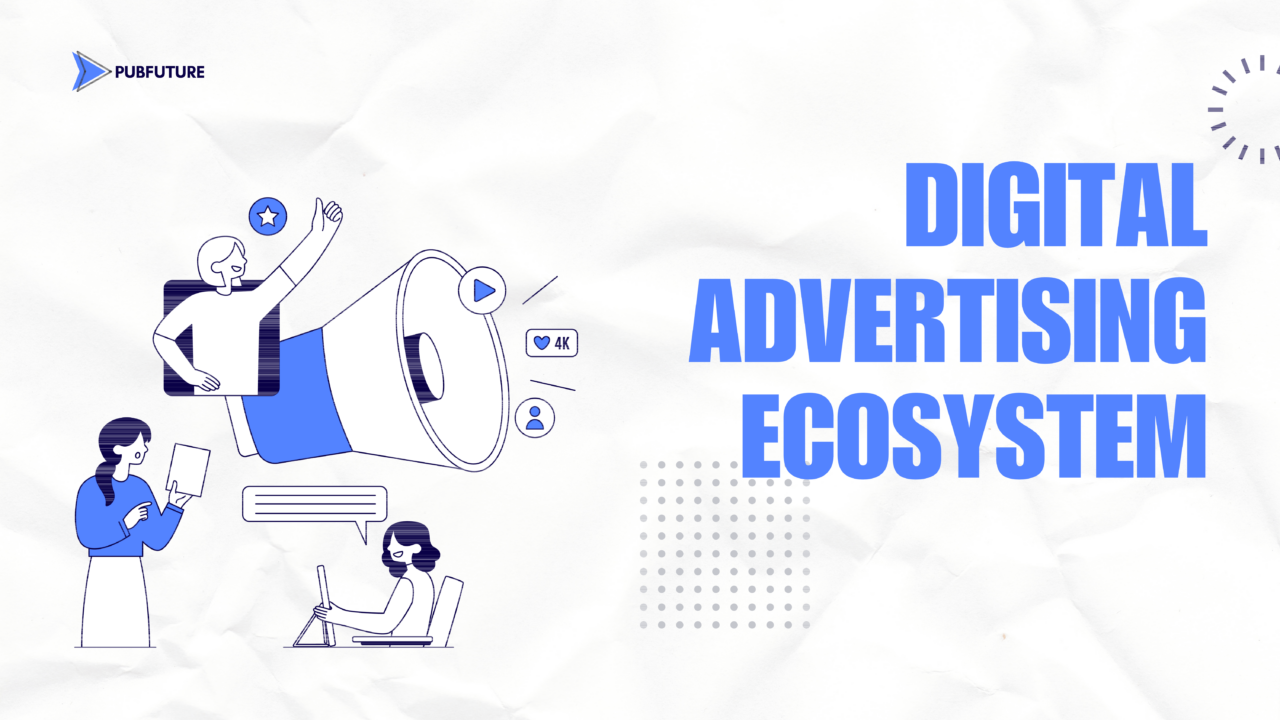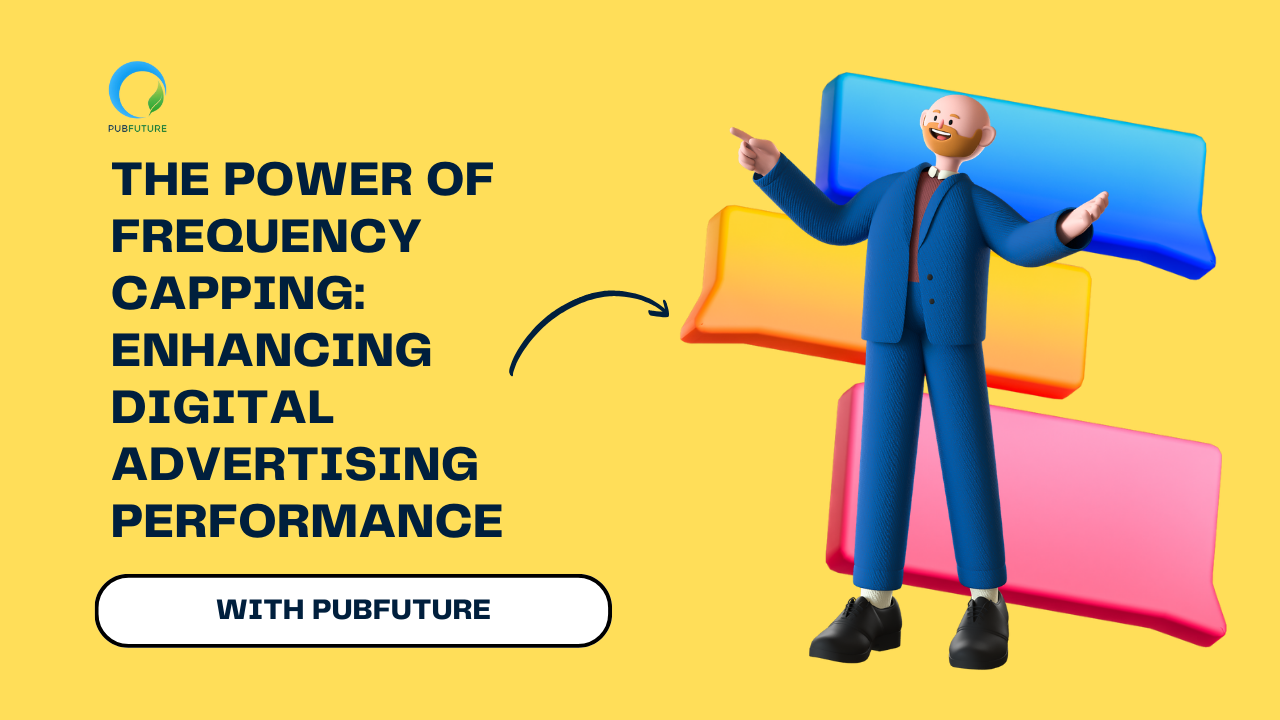Website Advertising Trends to Watch in 2025
The landscape of website advertising has evolved rapidly over the past few years, driven by technological advancements, changing consumer behavior, and shifting marketing strategies. As we approach 2025, several key trends are emerging that will shape the future of online advertising, offering new opportunities for businesses and marketers. Here’s a look at the most significant website advertising trends to watch in 2025.
1. AI-Powered Personalization
Artificial Intelligence (AI) is already playing a central role in advertising, but its capabilities are expected to reach new heights by 2025. AI-driven algorithms are increasingly adept at collecting and analyzing vast amounts of consumer data, allowing advertisers to deliver highly personalized and contextually relevant ads.
In 2025, we can expect website ads to become even more tailored to individual users, based on real-time behavior, preferences, and past interactions. Advanced AI will also enable dynamic creative optimization (DCO), where the ad content changes in real-time to match the user’s intent and needs, resulting in better engagement and conversion rates.
Key Takeaway: The future of advertising will be increasingly about delivering the right message to the right person at the right time. AI will be essential in automating this process.
2. Interactive and Immersive Ad Formats
The demand for more engaging and interactive content continues to rise. By 2025, website advertising will increasingly incorporate interactive formats like quizzes, polls, and gamified experiences, allowing users to actively participate rather than passively view ads.
Augmented Reality (AR) and Virtual Reality (VR) will also take center stage, with more brands integrating immersive experiences directly into website ads. For example, users may be able to “try on” products through their browsers or interact with a virtual store environment. This shift toward experiential ads will foster deeper connections between brands and consumers, providing more memorable and impactful experiences.
Key Takeaway: Websites will host more interactive and immersive ads that encourage participation and offer unique experiences.
3. Privacy-First Advertising
With privacy concerns continuing to grow, websites and advertisers are expected to face even stricter regulations around data collection and tracking in 2025. The end of third-party cookies, already in motion with browsers like Google Chrome and Apple Safari, will likely become more widespread. In response, advertisers will need to adopt privacy-first strategies that respect consumer rights while still enabling effective ad targeting.
This shift will lead to the rise of “first-party data” collection—data collected directly from users through opt-ins, subscriptions, or direct interactions. Marketers will leverage this data to build stronger relationships with their audiences, using more transparent and ethical methods for personalization.
Key Takeaway: Privacy-first advertising will drive innovation in how brands collect, store, and use consumer data, creating a more transparent and ethical advertising environment.
4. Programmatic Advertising and Automation
Programmatic advertising, which uses automated systems to purchase and optimize digital ads in real-time, has already transformed how ads are bought and sold. By 2025, programmatic advertising will become even more sophisticated, powered by machine learning and AI technologies that allow for hyper-targeted and real-time bidding.
Automation will continue to simplify the ad buying process, reducing the need for human intervention while improving efficiency. Marketers will also be able to use more complex algorithms to predict user intent and optimize campaigns in real-time, delivering more relevant ads and better ROI.
Key Takeaway: The future of website advertising will be automated, with programmatic tools taking a larger share of ad spend as they become more advanced and efficient.
5. Voice Search and Audio Advertising
As smart speakers, virtual assistants, and voice-activated devices continue to gain popularity, voice search is expected to become a dominant feature of online behavior. By 2025, voice search could account for a significant portion of web traffic, making it an important channel for advertisers to consider.
Audio ads, particularly on podcasts and streaming platforms, will continue to grow in prominence. Websites may begin incorporating audio-based ads, triggered by voice searches or interactions, to capitalize on the rise of voice commerce. The ability to create seamless voice-activated ad experiences will become a key differentiator for brands looking to stay ahead of the curve.
Key Takeaway: Voice search and audio ads will become integral to the digital advertising ecosystem, offering new ways to reach consumers through their devices.
6. Sustainability and Eco-Friendly Advertising
Consumers are becoming increasingly conscious of the environmental impact of the brands they support. In response, website advertising will increasingly reflect a focus on sustainability, with brands opting for greener, more eco-friendly advertising practices.
By 2025, eco-conscious consumers will demand more from advertisers in terms of how campaigns are created and delivered. Expect to see more “green” advertising formats, such as low-carbon digital ads and environmentally-themed messaging. Brands may also use website ads to promote sustainable products and practices, aligning their marketing with the values of their target audience.
Key Takeaway: Sustainability will be a core aspect of website advertising, with brands embracing eco-friendly practices and promoting environmental responsibility.
7. The Continued Rise of Video Ads
Video content has already been one of the most effective advertising mediums, and by 2025, video ads will be even more integrated into websites. Short-form videos, similar to the success seen on TikTok and Instagram Reels, will dominate website ad strategies. These ads will be highly engaging, entertaining, and optimized for mobile-first experiences.
In addition, advancements in 5G technology will support faster video streaming, enhancing the user experience and enabling brands to push high-quality, immersive video ads without buffering or lag.
Key Takeaway: Video ads will remain a dominant format, with short, highly engaging content taking center stage on websites.
8. Social Commerce Integration
Social media platforms like Instagram, Facebook, and Pinterest have already integrated shopping features, and by 2025, we can expect this trend to extend even further into website advertising. Social commerce—selling directly through social platforms—will blur the lines between content, advertising, and e-commerce.
Websites will increasingly incorporate social proof, user-generated content, and shoppable features directly into their ad experiences. Advertisers may create ads that link to social media campaigns, allowing users to seamlessly browse and purchase without leaving the website.
Key Takeaway: Social commerce will drive new forms of advertising, blending social engagement with e-commerce to create a seamless shopping experience.
Conclusion
The website advertising landscape in 2025 will be shaped by technological advancements, greater personalization, and a stronger focus on privacy and sustainability. From AI-powered ads to voice-activated campaigns and immersive AR/VR experiences, the future of advertising will be more dynamic, interactive, and consumer-centric than ever before. To prepare for the new era of advertising in 2025, PubFuture also have some recommendations for publishers to stay ahead of the rapidly evolving digital advertising landscape, improve user engagement, and generate higher revenue in 2025 and beyond. Let’s find out together in our next article.
Reference: The Future of Online Advertising: 5 Essential Predictions and Trends to Watch Closely









